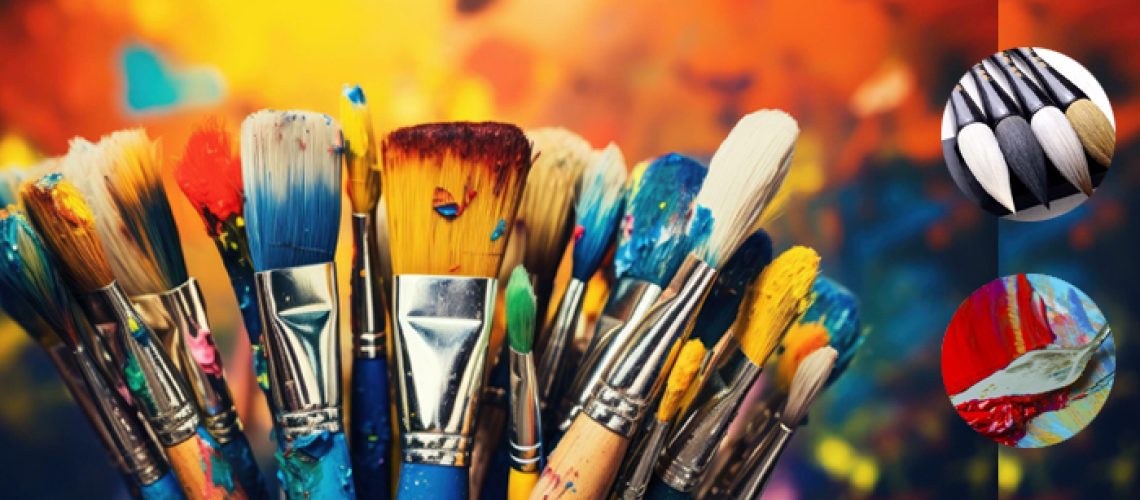As the saying goes, an artist is only as good as their tools. Whether that’s a baker using fresh ingredients or a bodybuilder who has access to the latest and greatest wight-lifting machines, finding the best instrument for one’s craft allows for the best results, and art is no different.
Cave paintings, while crude and rough, were made from whatever could be found around them- animal hair tied to branches or weathers stuck to hollow bones. While the evolution of the paintbrush no longer uses such raw materials, the general practice hasn’t strayed too far from its humble beginnings. Most of the finest paintbrushes today are still made of animal hair tightly wound together and glued onto a wooden apparatus. The highest quality brushes on the market come from red sable hairs (think a ferret meets a fox meets a tree-climbing cat) after the harshest Siberian winters when their fur is most bushy.
Technological innovation has made its mark on the paintbrush as well. The Industrial Revolution introduced metal ferrules to hold the hairs together in a sturdier fashion than just glue. Modern iterations have introduced synthetic brush hairs which, while reducing the quality of the brush, allow for mass production at cheaper prices for the everyday painter to enjoy.
Of course, while the tool is imperative for a successful hand at any artistic medium, a lot does come down to the painter’s preference. Jackson Pollack required to have brushes with handles long enough for him to stand further back from his canvas for his larger paintings. Modern painter Serge Feeleenger, on the other hand, requires shorter brushes because he tapes one to each of his fingers, using 10 brushes at once to define his signature painting style.
Whatever the means, paintbrushes have stood the test of time to allow humans to express themselves through art. Given what a steady and reliable tool it is, the paintbrush continues to be the primary device of choice throughout centuries of artistic evolution.
RESOURCE 1 – Serge Feelenger – 10 brushes at one time!
RESOURCE 2 – Historical perspectives
RESOURCE 3 – Historical perspectives part 2
RESOURCE 4 – History of making brushes
Share this post
Share on facebook
Share on twitter
Share on linkedin
Share on pinterest
Share on print
Share on email

